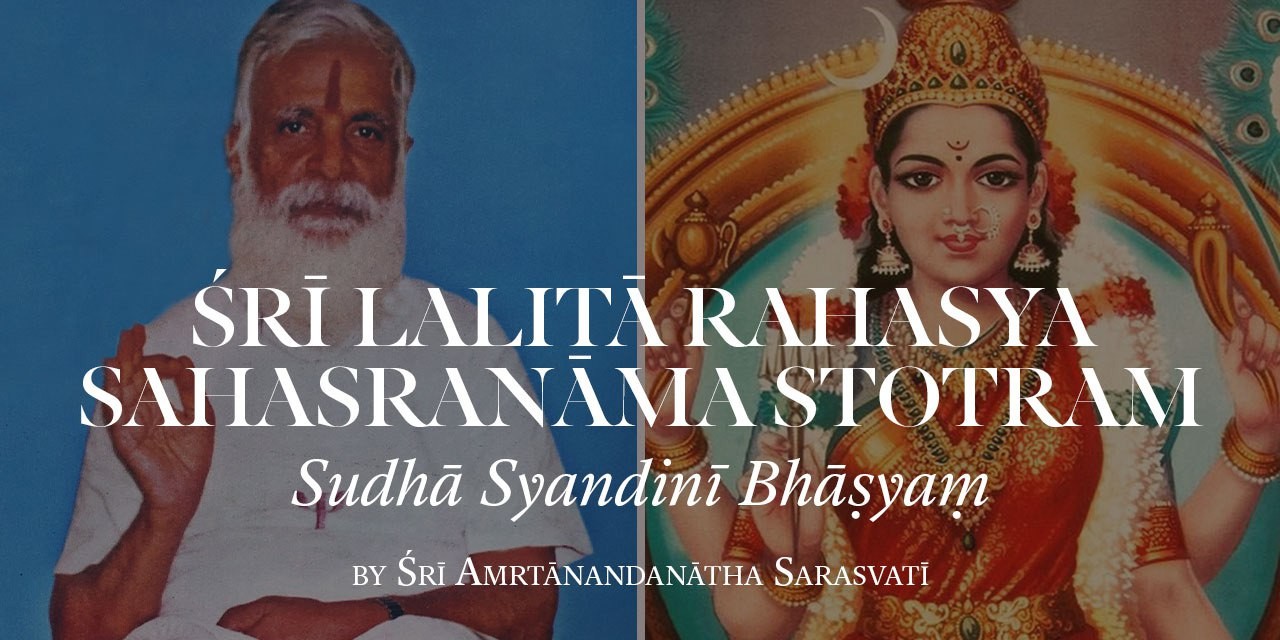
35) Lakṣya-roma-latādhāratā-samunneya-madhyamā
The waist of Śrī Devi is so narrow that the fine line of hairs going up and down from the navel acts as proof that the waist exists. A narrow waist is a sign of beauty among women. The present world beauty standard being 36-22-34 supports the narrow waist idea.
Moreover, the navel represents the center of the world; it can only be inferred by circumstantial evidence such as the existence of microwave background radiation. Without deductive reasoning, it would be difficult to conceive and prove the existence of the centre of the universe.
The centre can properly be considered to be the primordial fire ball which exploded to become the entire universe we see today including all the stars, galaxies, and interstellar spaces. That original centre has expanded to the entire universe now, and it is still expanding at the rate of 310 meters per second. This is probably the reason for the word Brahman coming from the root "brih", to grow. Brahman is exploding all the time, creating new space and time.
The navel is considered to be the centre of fire; it applies to the body as the digestive fire and to cosmos as the primordial fireball, which has to be observed in meditation as “a crore of crores of suns rising together”, “explosive flash of lightning striking in the body”. It is possible to observe the cosmic creation in meditation because concentration on the navel centre called Maṇipūra manifests the fireball by exploding the individual center to the cosmic centre, or alternatively by collapsing the cosmos into oneself.
When Kuṇḍalinī comes to Maṇipūra, what is technically known as brahma granthi bhedan occurs. This brahma granthi is in reality the pair of centres Mūlādhāra and Svādhiṣṭhāna, the centres of identification of God with an individual body on the physical level. When body is transcended, the boundaries of the body as the limiting factors are exploded to smithereens, and one sees for the first time the glory of the effulgent self as fire.
Source: Śrī Amṛtānandanātha Saraswatī "Sudhā Syandinī Bhāṣyaṃ" Typed Manuscript
(an incomplete commentary on Lalitā Sahasranāma)
